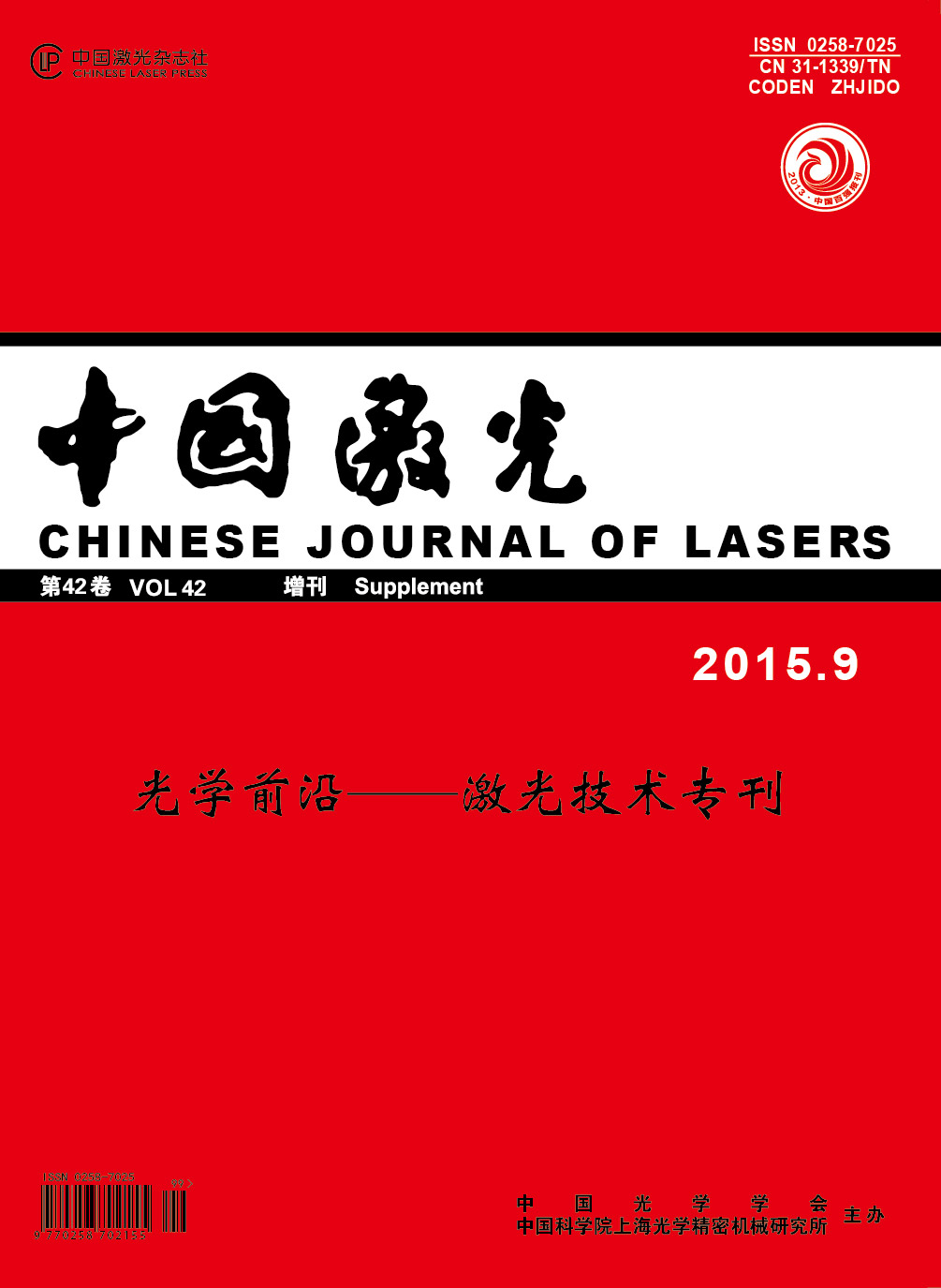中国激光, 2015, 42 (s1): s114001, 网络出版: 2015-09-14
基于聚类分析算法的浮游植物吸收系数非线性模型
A Non-Linear Model of Phytoplankton Absorption Based on Cluster Analysis
摘要
浮游植物吸收系数是海洋光学研究中重要的参数。该参数随着海区以及时间不同呈现较大的差异。为了更好地表征该参数,探讨了聚类法在浮游植物吸收系数非线性模型中的应用, 修正了非线性模型中浮游植物吸收特性随区域性变化带来的误差。通过计算不同波段的反射率二阶导光谱和吸收系数光谱的自适应指数(ARI)发现555~681 nm波段的反射率二阶导光谱可以较好地表征吸收系数光谱的光谱特征。因此,以555~681 nm的反射率二阶导光谱为聚类分析样本对数组进行聚类分析。通过实测数据对聚类法进行了验证,结果证明该方法可以较好地表征浮游植物吸收系数(均方根误差大于0.79)。该研究是应用光学遥感方法提取浮游植物信息及海水光学特征必不可少的基础研究。
Abstract
Phytoplankton absorption coefficient is an important parameter for ocean optics. The parameter varies widely with different locations and time. In order to model the phytoplankton absorption coefficient, application of the cluster analysis on the retrieval of phytoplankton absorption coefficient based on a non-linear model of phytoplankton absorption coefficient is discussed. The method reduces the error due to different optical properties of phytoplankton in different areas. By calculating adjusted Rand index (ARI) between the second derivative reflectance and absorption spectra at different wavelengths, the spectral range of 555~681 nm is found to be more sensitive than other bands. The spectral band of 555~681 nm is applied to analyze the second derivative reflectance. In situ data are used to validate the cluster analysis method, and it is found that the cluster analysis is effective for phytoplankton absorption model (root mean square error is higher than 0.79). The study is a fundamental research for application of optical remote sensing to retrieving phytoplankton information and ocean component.
杨超宇, 杨顶田. 基于聚类分析算法的浮游植物吸收系数非线性模型[J]. 中国激光, 2015, 42(s1): s114001. Yang Chaoyu, Yang Dingtian. A Non-Linear Model of Phytoplankton Absorption Based on Cluster Analysis[J]. Chinese Journal of Lasers, 2015, 42(s1): s114001.





